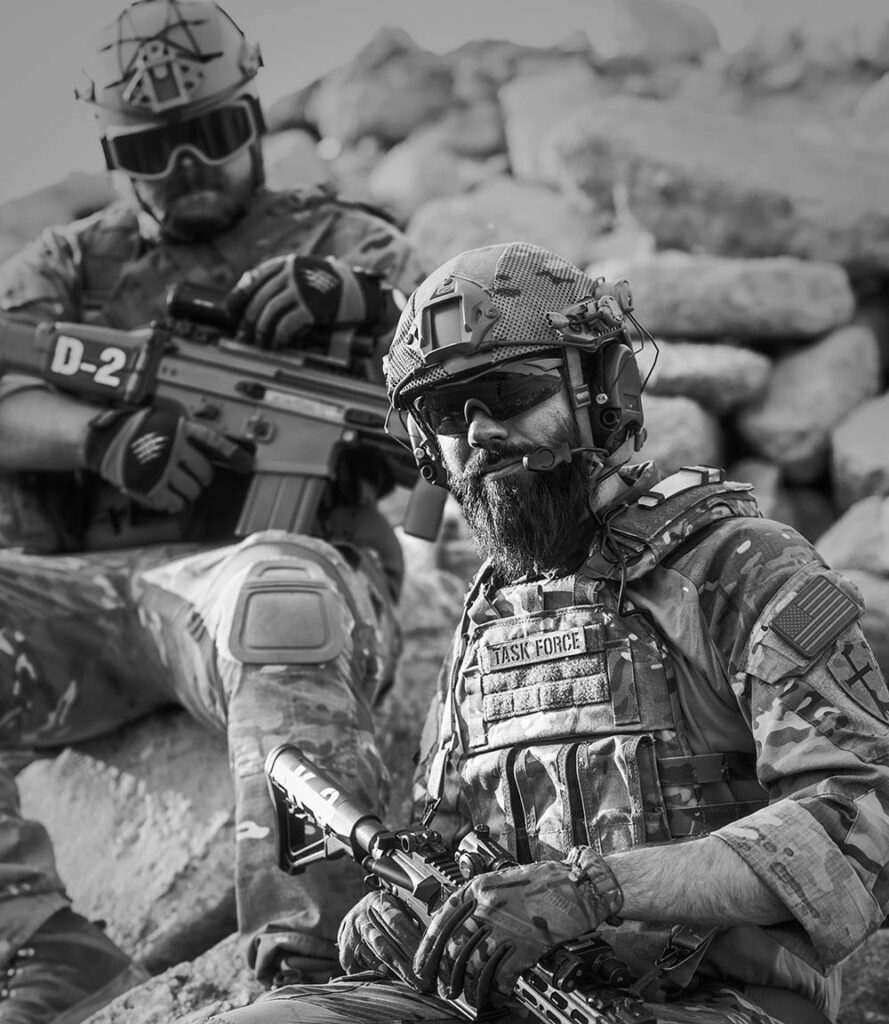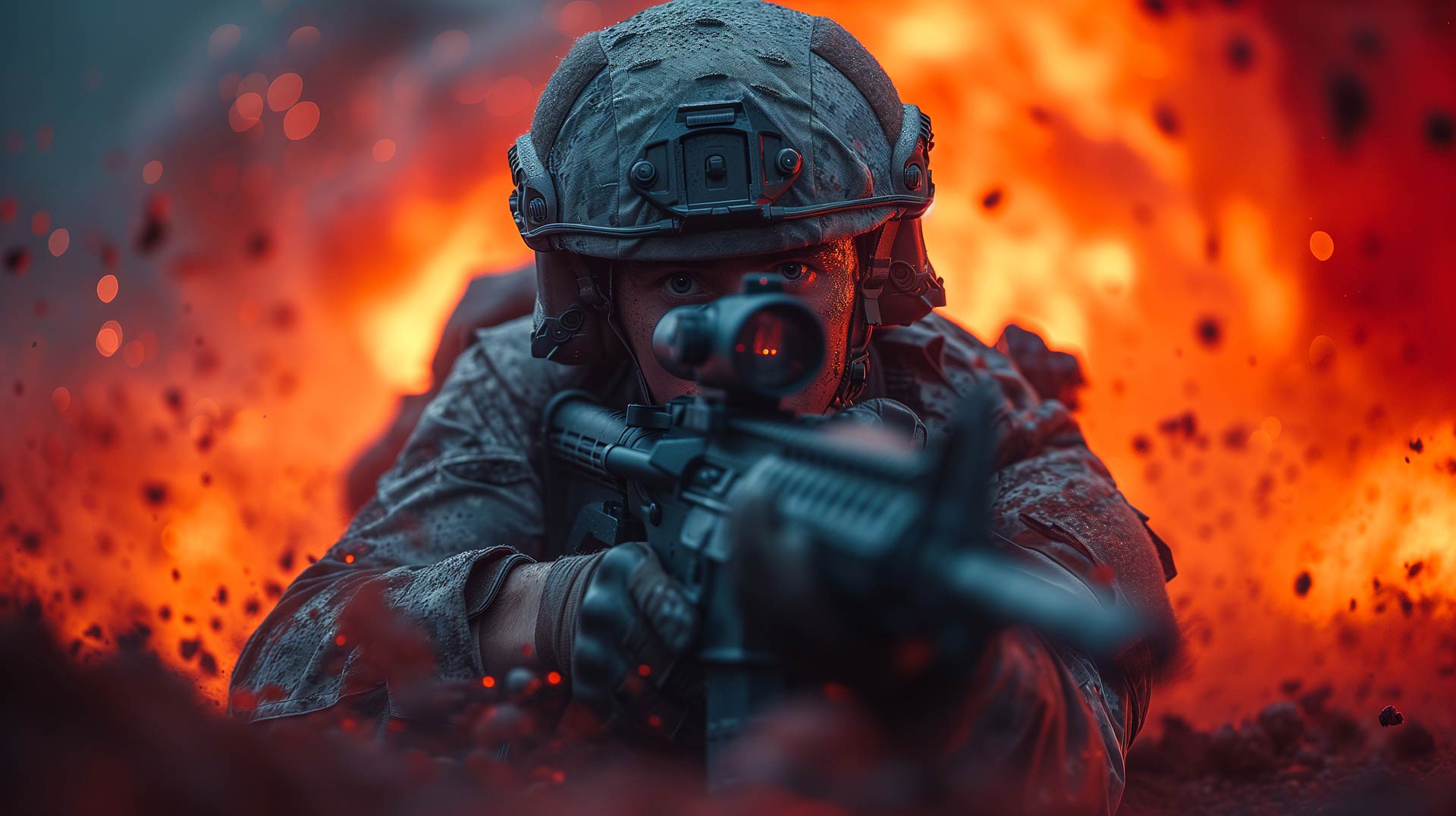When it comes to ensuring the safety and well-being of soldiers, there is no room for compromise. The risks they face in combat zones, training, or high-stress environments are severe, particularly regarding head injuries, such as concussions or traumatic brain injuries (TBIs). With such high stakes, it’s crucial to incorporate advanced technologies that go beyond traditional protective gear. One of the most promising advancements in soldier safety is the ability to monitor your soldier’s head health in real time through smart helmet technology.
In this blog, we’ll explore the importance of head health monitoring for soldiers, how advanced helmet systems are changing the game, and how these innovations can improve safety and operational readiness.
Why Monitoring Head Health is Critical for Soldiers
Soldiers are at a heightened risk for head injuries due to the nature of their work. Whether they’re in combat, engaged in training exercises, or performing specialized tasks, the potential for concussions, blast-related injuries, or other traumatic brain injuries is high. The effects of these injuries can be devastating, not only to a soldier’s immediate safety but also to their long-term cognitive and physical health.
Traumatic Brain Injury (TBI) can result from a sudden blow to the head or from a blast wave during combat. While some TBIs are immediately visible, many are not. These invisible injuries often go undiagnosed, leading to prolonged effects like cognitive impairment, memory loss, mood swings, or even post-traumatic stress disorder (PTSD). The long-term impact on a soldier’s career and personal life can be catastrophic.
Concussions, which are mild forms of TBI, can also have significant consequences. A single concussion can affect brain function, but multiple concussions over time can lead to chronic conditions like Chronic Traumatic Encephalopathy (CTE), a degenerative brain disease.
This is why it’s essential for military organizations to adopt technology that can monitor soldiers’ head health and detect injuries as soon as they occur. Early detection and intervention can make all the difference in preventing long-term damage and ensuring the soldier’s recovery.

Need Help Monitoring Soldier’s Safety?
The SMARTHEADSYSTEM™ is an advanced bio-sensing technology embedded within the structure of a helmet. By using a combination of sensors, this system monitors key biological markers of the wearer, including heart rate, body temperature, stress levels, and even brain activity. The information gathered through these sensors is processed in real-time, providing immediate feedback on the wearer’s physical state.
What makes SMARTHEADSYSTEM™ so groundbreaking is its ability to offer a more personalized safety experience. Rather than just protecting the wearer from external impact, it also anticipates potential health risks that could compromise the person’s ability to respond effectively to dangerous situations.
How Advanced Helmet Technology Helps Monitor Soldiers’ Head Health
Advancements in helmet technology are now allowing military personnel to monitor head health in real-time. By integrating sensors and bio-sensing technologies into helmets, soldiers can be continuously monitored for signs of head injury, even in the most extreme environments. These helmets go beyond just providing physical protection—they’re also designed to detect critical health information and help minimize the risk of long-term damage.
1. Real-Time Impact Detection
Modern smart helmets equipped with accelerometers and gyroscopes can measure the force and direction of any impact to the head. If the helmet detects an unusually high impact, it sends an alert to commanders or medical teams. This real-time data allows for immediate medical intervention if necessary. Early diagnosis can prevent further injury, allowing soldiers to receive proper care quickly.
2. Brain Activity and Concussion Monitoring
Some advanced helmet systems feature sensors that track brain waves and electrical activity within the brain. By monitoring brain activity, these helmets can detect signs of concussions or other brain injuries right after the impact occurs. The system can send alerts about changes in the wearer’s cognitive state, helping commanders understand when a soldier might be at risk of TBI.
3. Stress and Fatigue Monitoring
Beyond just monitoring physical head injuries, some advanced helmets also measure stress levels, fatigue, and other physiological signs that might indicate a soldier is operating under dangerous conditions. For example, helmets that monitor heart rate variability, body temperature, and even blood oxygen levels can give early indications that a soldier might be at risk of exhaustion or other health issues, which could increase the likelihood of head injury.
4. Post-Incident Analysis
When a head injury occurs, having the data recorded in real-time can provide valuable insight during recovery. By collecting and storing data from the incident, military medical personnel can assess the severity of the injury and determine the best course of action for treatment. Post-incident analysis of the data can also help improve future protocols for injury prevention.
The Benefits of Monitoring Your Soldier’s Head Health
1. Improved Safety and Reduced Risk of Long-Term Injury
By monitoring head health in real-time, military units can reduce the risk of long-term cognitive damage from undiagnosed concussions or brain injuries. Timely intervention can mitigate the effects of injuries, providing better long-term health outcomes for soldiers and reducing the overall risk of career-ending conditions like CTE.
2. Enhanced Operational Readiness
Soldiers who are continually monitored for head health are better equipped to respond to their environment. Knowing that their head health is being actively tracked allows commanders to make more informed decisions about deployment and recovery. This ultimately leads to enhanced operational readiness and ensures that soldiers can perform their duties with reduced risk of injury.
3. Improved Medical Response
Real-time monitoring allows for quicker, more accurate medical assessments. With data from the helmet, medical professionals can assess the severity of any injuries before soldiers even reach the medical facility. This enables quicker, more targeted treatment and reduces the risk of complications arising from delayed diagnosis.
4. Better Data for Training and Safety Protocols
By collecting data on impacts, injuries, and physiological responses, the military can continually improve training techniques, safety protocols, and equipment design. Over time, this data can help build a comprehensive understanding of how different factors—such as fatigue, stress, and impact force—affect a soldier’s head health, ultimately leading to better protective strategies and innovations.
The Future of Monitoring Soldier’s Head Health
As technology continues to evolve, we can expect even more advanced helmet systems to emerge, further enhancing the ability to monitor your soldier’s head health. Future innovations may include helmets that can assess more complex brain functions, provide instant feedback on cognitive performance, or even predict the risk of TBI before an impact occurs.
Additionally, as wearable tech becomes more integrated, we may see helmets that sync with other devices, providing a full picture of a soldier’s overall health. This will not only improve head health monitoring but also create a more holistic approach to soldier well-being in the field.
Conclusion
Monitoring your soldier’s head health is no longer just about physical protection—it’s about ensuring that soldiers can continue to perform at their best while minimizing the risks associated with traumatic brain injuries. With advancements in smart helmet technology, the military is better equipped to monitor head health in real-time, offering soldiers a higher level of protection and care. By investing in these technologies, military organizations can improve soldier safety, reduce the impact of head injuries, and enhance operational efficiency on the battlefield. The future of soldier head health monitoring looks promising, and as technology continues to advance, the potential for improved safety is limitless.

